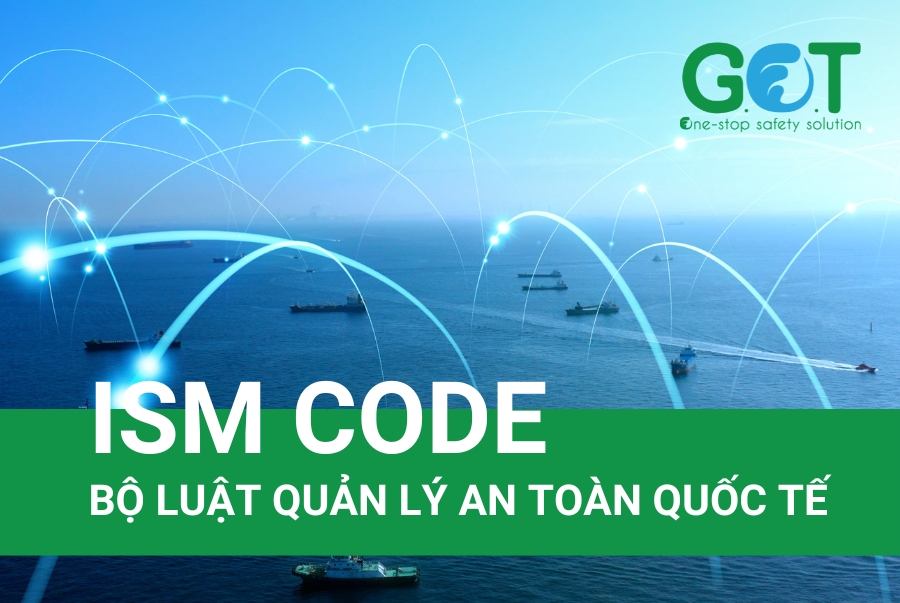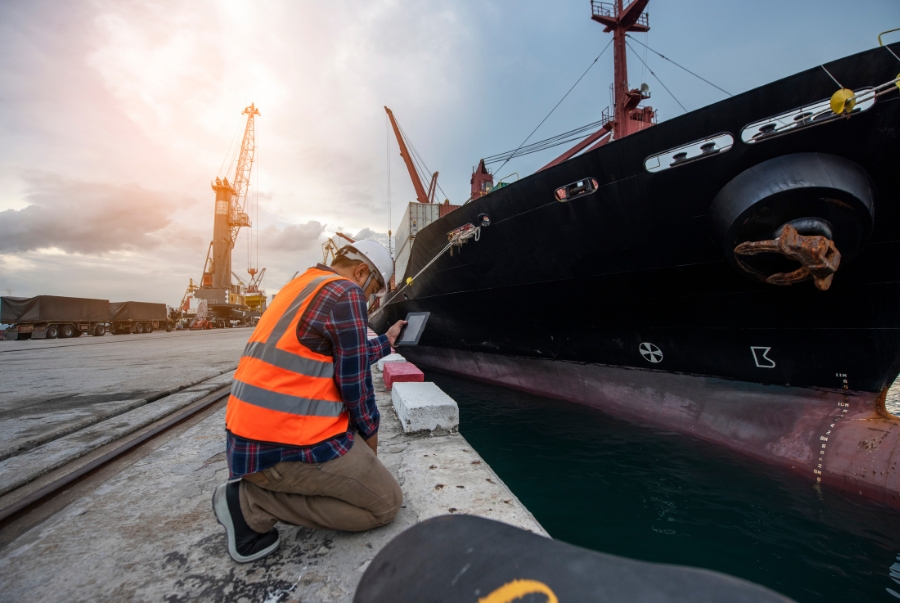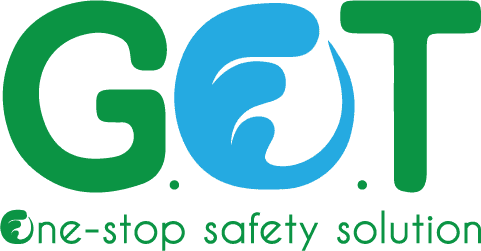What Is The ISM Code?
In response to increasingly stringent safety requirements in maritime operations and environmental protection, particularly in the context of the rapid development of the global fleet, including vessels under Flags of Convenience (FOC), the International Safety Management (ISM) Code was adopted in 1993 by resolution A.741(18) and came into effect on July 1, 1998. The 1994 amendments to the SOLAS Convention added this Code to Chapter IX, concerning the safe operation of ships.
Since ships operate under various conditions, the Code includes numerous regulations and guidelines on ship safety and pollution prevention. These regulations must be adhered to by state agencies, shipowners, classification societies, and maritime organizations.
What is the International Safety Management (ISM) Code?
Known as the International Safety Management Code, the ISM Code is a mandatory regulation in the maritime industry. Since 1994, it has become a significant part of the SOLAS Convention (Safety of Life at Sea). From that point onwards, this Code has been officially adopted and integrated into the SOLAS Convention.
It can also be said that the ISM Code is an integral part of the International Maritime Organization’s (IMO) efforts to ensure, maintain, and implement safety for seafarers and prevent pollution. The Code emphasizes that in safety matters, motivating and leveraging individual strengths will help achieve positive results.

The purpose of the ISM Code is to create international standards for the management and safe operation of ships, preventing harm to life, human injury, and damage to property during ship operations, while also protecting the marine environment.
This Code focuses on providing a common operational framework for maritime safety for ships of all nations by setting forth protective measures, general principles, and specific goals.
The Code applies to all commercial vessels over 500 gross tons or carrying more than 12 passengers, oil tankers, chemical tankers, gas carriers, bulk carriers, passenger ships, and offshore units. The ISM Code was implemented in two phases:
- Phase 1: From July 1, 1998, mandatory for all passenger ships, oil tankers, bulk carriers, and high-speed cargo and passenger ships of 500 GT or more.
- Phase 2: From July 1, 2002, applicable to all internationally operating ships of 500 GT or more.
The Code is widely interpreted and applied, giving it a broad scope. However, effective safety management originates with shipowners and relevant stakeholders.
For example, shipowners’ safety management objectives should prioritize operating ships in a safe working environment. Inspections and assessments include identifying all potential risks and hazards, checking technical systems, training staff in safety procedures, and conducting safety management audits, assessments, and drills at appropriate intervals. Shipowners’ responsibilities include internal checks and safety management evaluations.
Operation Principles of the International Safety Management Code
The ISM Code provides an international standard for the management and operation of ships and pollution prevention. Its origin dates back to the late 1980s when concerns about lax management standards in the maritime industry grew.
To function effectively, the ISM Code is supported by a Safety Management System (SMS). This safety management system must ensure:
- Compliance with current regulations and laws.
- Adherence to rules and guidelines set by organizations, authorities, classification societies, and maritime industry organizations.
The SMS includes objectives such as:
- Establishing a management committee to oversee various operations;
- Ensuring management officers perform their assigned duties correctly;
- Reconciling discrepancies between stated responsibilities and actual problem-solving performance;
- Inspecting ships, both externally and internal equipment, to minimize potential safety hazards.
These aspects fall under the scope of the Planned Maintenance System. Each shipping company is expected to audit its safety management system and enforce the system where deficiencies are found.

While companies conduct internal safety audits, external audits are performed every two to three years by officials from the nation where the ship is registered. If the ship meets all safety requirements, the authorities will issue a Safety Management Certificate or Document of Compliance, certifying the completion of the safety management process.
Safety Management System (SMS)
To maintain ships operating on international routes, companies must manage ship operations according to the “Safety Management System.” To build a “Safety Management System,” companies must develop a management system that meets the requirements of the “International Safety Management Code.”

The content of the Safety Management System (SMS) includes:
- Safety and environmental protection policies;
- Regulations, guidelines, and procedures to ensure safe ship operations, protect the environment, and comply with national and international legal requirements;
- Analysis of levels of authority, communication links between those involved in the system ashore and onboard;
- Procedures for accident reporting and non-conformance;
- Emergency preparedness and response procedures.
According to the ISM Code, shipowners need to establish a structured and well-documented management system, allowing company personnel to implement safety and environmental policies, making it an essential part of company operations. All valid documents must be available at relevant offices and form a Quality Management System (QMS) for maritime operations.
“Company” here refers to the shipowner or any organization, such as the manager or bareboat charterer, responsible for ship operation from the shipowner. “Administration” refers to the government of the nation under whose flag the ship is registered, thus complying with that nation’s laws and international standards.
- A company must ensure that the master and crew are qualified and fully informed about the company’s safety management system. They should have a thorough understanding of relevant regulations and guidelines before setting sail. They may also request support from the company if needed. The company should provide appropriate training and instructions to support the safety management system in the working language.
- Ships should be well-maintained to ensure seaworthiness. A company is considered to be in violation of the guidelines and regulations if it fails to meet specific requirements. In cases of non-compliance or failure to meet requirements, the reasons must be clearly stated.
- The company must document the authority and relevant relationships of all personnel responsible for the ship’s safety and pollution prevention.
- The company must ensure that all seafarers on board are medically fit.
- Regular communication channels between shore-based and shipboard personnel must be maintained to report critical issues. The company should provide adequate resources and support for the designated individuals to perform their duties effectively.
Additionally, new employees and those transferred to new roles should be properly trained and familiar with their duties. The 2015 amendments to the ISM Code state that different tasks should be clearly defined and assigned only to those with appropriate qualifications.

